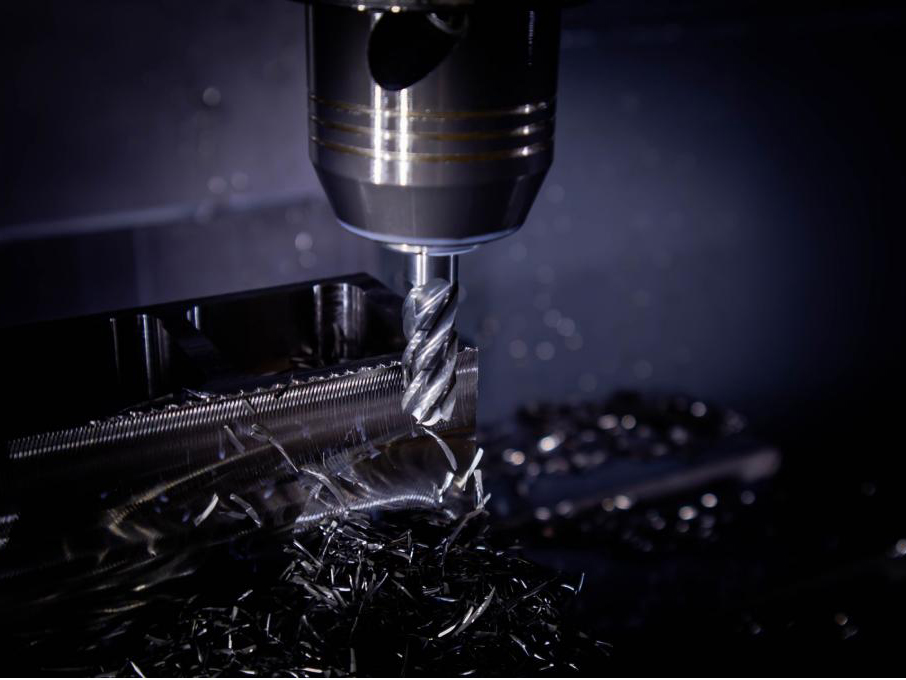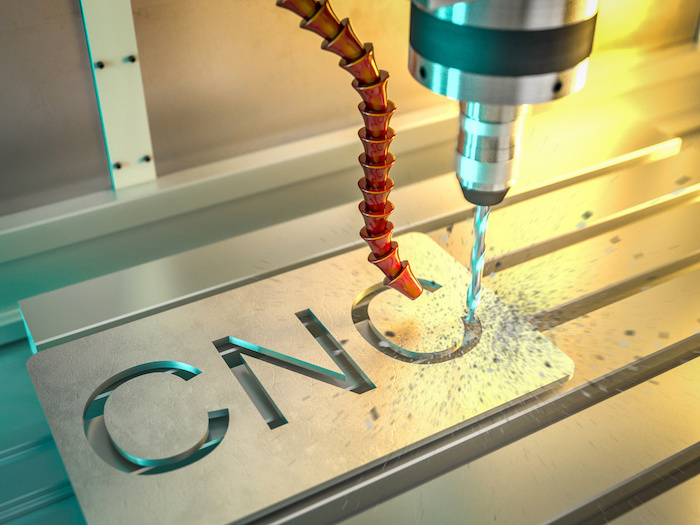Mastering the Workflow of CNC Machining Parts: A Guide to Precision and Efficiency
2023-07-12 21:09:26
Mastering the Workflow of CNC Machining Parts: A Guide to Precision and Efficiency
Introduction:
In the realm of modern manufacturing, Computer Numerical Control (CNC) machining has revolutionized the production of intricate and precise parts. With its ability to automate processes and execute complex designs, CNC machining has become the go-to method for achieving unparalleled accuracy and efficiency. In this article, we will delve into the workflow of CNC machining parts, exploring the key steps involved and highlighting the benefits it offers.
Design and CAD Modeling:
The journey begins with the design phase. Skilled engineers and designers use Computer-Aided Design (CAD) software to create a detailed 3D model of the desired part. The CAD model serves as the foundation for the subsequent steps, allowing for seamless translation from concept to reality.
CAM Programming:
Once the CAD model is finalized, it is imported into Computer-Aided Manufacturing (CAM) software. CAM programming involves the generation of toolpaths and instructions that guide the CNC machine in producing the desired part. This step requires expertise in selecting the appropriate cutting tools, determining optimal cutting parameters, and considering the material properties.
Toolpath Simulation:
Before the actual machining process begins, it is crucial to simulate the toolpaths in a virtual environment. This step helps identify any potential collisions, errors, or inefficiencies. By simulating the entire process, manufacturers can ensure that the machining operation will proceed smoothly, minimizing the risk of costly mistakes.

Material Selection and Preparation:
With the toolpaths finalized, the next step is to select the appropriate material for the part. Factors such as strength, durability, and cost-effectiveness play a vital role in this decision-making process. Once the material is chosen, it undergoes proper preparation, including cutting it into the desired size and shape.
CNC Machine Setup:
Preparing the CNC machine for production is a critical step in ensuring accurate and efficient machining. The setup involves installing the appropriate cutting tools, securing the workpiece firmly, and calibrating the machine to guarantee precise movements and dimensions.
Machining Operations:
Now comes the exciting part: the actual machining operations. Guided by the CAM program, the CNC machine starts cutting, shaping, drilling, and milling the workpiece with utmost precision. The advanced control systems of the machine ensure consistent accuracy and repeatability, resulting in high-quality finished parts.

Quality Control and Inspection:
Once the machining process is complete, it is essential to perform thorough quality control and inspection procedures. This includes measuring the dimensions, checking tolerances, and verifying the surface finish. Advanced metrology tools, such as Coordinate Measuring Machines (CMM), are utilized to ensure the parts meet the required specifications.
Post-Machining Operations:
After passing the quality inspection, the machined parts undergo various post-machining operations as per the specific requirements. These may include deburring, polishing, coating, or assembly, depending on the intended application.
Conclusion:
The workflow of CNC machining parts represents a harmonious synergy of digital design, programming, and precise execution. With its ability to transform complex designs into tangible products, CNC machining offers unparalleled accuracy, efficiency, and reliability. By mastering the steps outlined in this article, manufacturers can unlock the full potential of CNC machining, bringing forth a new era of precision manufacturing.

LEAVE YOUR MESSAGES
If you have any questions about products, please contact us.